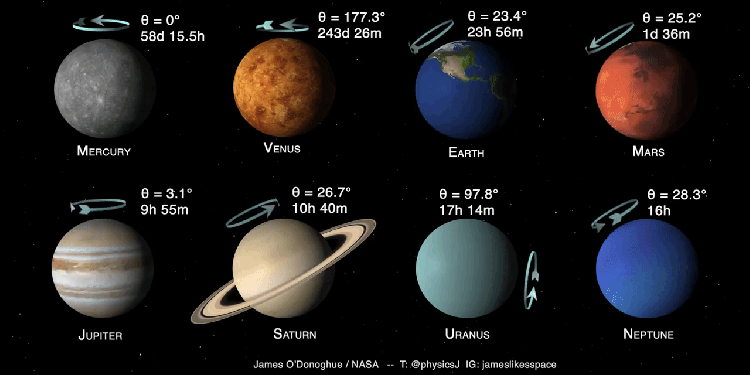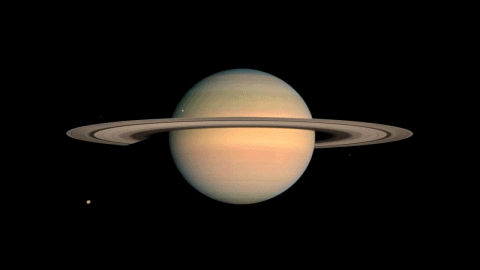P L A N E T S

A planet is a large object such as Jupiter or Earth that orbits a star. Planets are smaller than stars, and they do not produce light. ... A star and everything which orbits it are called a star system. There are eight planets in our Solar System.
The eight planets are: Mercury, Venus, Earth, Mars, Jupiter, Saturn, Uranus, and Neptune.
- M E R C U R Y
- V E N U S
- E A R T H
- M A R S
- J U P I T E R
- S A T U R N
- U R A N U S
- N E P T U N E

Mercury is the smallest planet in the solar system, measuring just 3,032 miles wide at its equator. That makes it only slightly larger than Earth's moon. Because Mercury is so small and so close to the sun, it is the most elusive of the five planets that are visible to the naked eye.

Venus is the second planet from the Sun, orbiting it every 224.7 Earth days. It has the longest rotation period (243 days) of any planet in the Solar System and rotates in the opposite direction to most other planets (meaning the Sun rises in the west and sets in the east). It does not have any natural satellites.

Earth is the third planet from the Sun, and the only astronomical object known to harbor life. According to radiometric dating and other sources of evidence, Earth formed over 4.5 billion years ago. Earth's gravity interacts with other objects in space, especially the Sun and the Moon, Earth's only natural satellite. Earth revolves around the Sun in 365.26 days, a period known as an Earth year. During this time, Earth rotates about its axis about 366.26 times.

Mars is the fourth planet from the Sun and is the second smallest planet in the solar system. Named after the Roman god of war, Mars is also often described as the “Red Planet” due to its reddish appearance. Mars is a terrestrial planet with a thin atmosphere composed primarily of carbon dioxide.

Jupiter is the fifth planet out from the Sun, and is two and a half times more massive than all the other planets in the solar system combined. It is made primarily of gases and is therefore known as a “gas giant”

Saturn: Jewel of the Solar System. The second largest planet in the solar system, Saturn is a "gas giant" composed primarily of hydrogen and helium. But it's best known for the bright, beautiful rings that circle its equator.

Uranus has rings. Like Jupiter's, they are very dark but like Saturn's they are composed of fairly large particles ranging up to 10 meters in diameter in addition to fine dust. There are 13 known rings, all very faint; the brightest is known as the Epsilon ring.

Neptune is the smallest of the ice giants. Despite being smaller than Uranus, Neptune has a greater mass. Below its heavy atmosphere, Uranus is made of layers of hydrogen, helium, and methane gases. They enclose a layer of water, ammonia and methane ice.